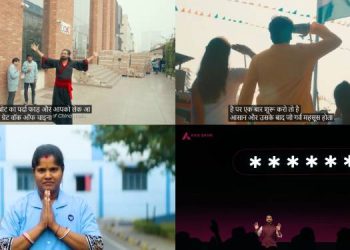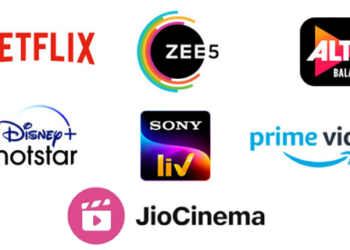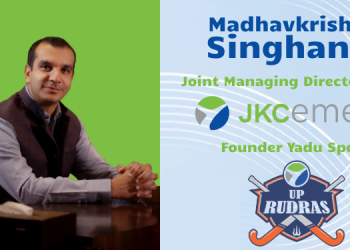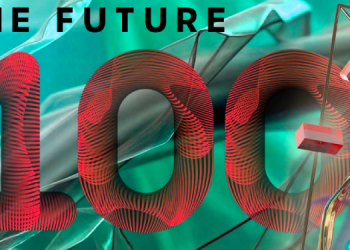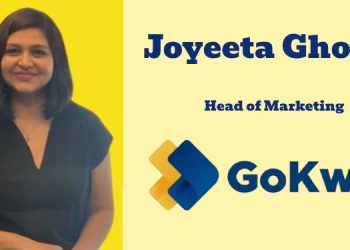Uber Eats recently launched their new campaign featuring Alia Bhatt. It’s not a surprise as the campaign is an overload of cuteness. The campaign targets to a specific section of the audience and does hit the bull’s eye. The campaign is called The Food Gully.
All the food-tech players have been using discounts and offers to penetrate various markets in the hope of building a certain brand loyalty for themselves.
Medianews4u caught up with Bansi Kotecha, Head of Operations India and South Asia at Uber Eats for a candid chat on the new campaign and a lot more.
Read on.
What were the consumer insights behind the campaign for Uber Eats’ new campaign The Food Gully? What does the campaign aim at?
Through The Food Gully campaign we’re trying to address and talk to our target audience the youth which is between the age group of 15 to 25 years to convince them to try new cuisine experiences while ordering food. The consumer profile can be defined as someone who is just a late college goer, an early job seeker or a young professional that loves to explore food and break the monotony, rather than ordering the same stuff or eating the same food every day.
This campaign aims to talk to the TG and convince them to not just eat the old pizza and pasta for dinner but explore different food items four times a day for all meals.In this campaign we have Alia Bhatt exploring different menus and engaging with the app while just talking to that segment.
Like you mentioned it’s about exploring food options. So are the food options on Uber Eats completely different from the current options? Or have your restaurant partners added new menus or the campaign is just a highlight of what was already on the app?
I think it’s, a little bit of all, honestly.
It’s the way we work with our restaurant partners.We work with them on their menu. Historically, if you look at any menu or any restaurant in India,it’s a multi-cuisine restaurant with atleast 200 items.When one has to order from such a restaurant the cognitive load on your mind is just tremendous. You really can’t figure out what you want. If you look at the data with a restaurant perspective, 20% of the food items do 80% of the business. We work with restaurants to kind of figure out what’s the menu do they have. Depending on the cuisine gap that we see whenever a customer searches for a certain type of item and we don’t see have that; we try to work with restaurants to kind of bring that to life. So that’s an increase right and obviously, focusing what we already have in a much better light.
I think all the three come together where the eater gets the new food items and choices; gets the right experience and highlight the existing partners and items that we have. I mean, it’s a mix of all. I believe that that experience is what the eaters are looking for, and we are able to deliver that.
Alia Bhatt has been a part of Uber Eats campaigns for quite some time now. How has she helped the brand? What are some of the brand associations which Uber Eats specifically wants to have a rub off effect from Alia Bhatt?
I think for us it’s obviously focusing and talking about engaging with a certain target audience and Alia resonates with that audience and so does Dulqar in rural areas. This is the youth of today, who fires up and looks up at the celebrities that are engaging.Their followership on different social media platforms is a testament to that.They are the youth icons of the country and so associating with Alia and Dulqar helps us reach the masses or that TG much faster and much easier by breaking the clutter that’s there in the marketplace.
We’ve benefited tremendously with the earlier campaign that we did in January this year, which garnered over 60 million views on the platform. To add to it, that was the most loved video campaign for 2019 across the country.
So I think, that’s the power that a youth icon brings to the table. I think we are leveraging those very aggressively and beautifully, like we just saw in this campaign.
What is the media mix for this campaign?
We’re targeting the right audience and looking at a multi-media campaign.Digital,traditional,OOH, print, in-cinemas and a bunch of restaurants. The way we kind of splitting our muscle is about 60% on digital and the remaining on traditional, making sure that the youth are able to engage with the campaign on the platform in the most effective way.
How does Uber Eats achieve its operational excellence?
Wetake pride in how we operate. We have done this for last five years in the country, with the eats business globally. There’s a reason why Uber Eats is in over 220 plus cities globally.At core we are a product company with a lot of operational hustle and we do that at scale in a very systematic manner.
In the last two years, in India we have been in 40 markets, we’ve perfected the art of talking to our eaters. We do a lot of work with our couriers to make sure they are engaged on the platform and not to forget the restaurant partners so all the sides of our marketplace ecosystem are taken care off. Paying enough attention on their marketplace and making sure the ops is the engine that drives thisis what we take all our pride in.
With the food ordering space competing in a red ocean with cut throat competition, what do you think, for how long can all the food-tech companies survive on discounts and offers to acquire new customers? I mean, where does brandloyalty come into the picture for Uber Eats and how loyal are Uber eats consumers per se?
This industry is pretty young and growing at a blistering pace. Currently the market is a $3 billion market which is going to be about $4.5 billion next year and in the next three years, it will become a $15 billion industry.
If you look at just the India population, which is mobile savvy, tech savvy and internet enabled just multiplythat by four because four meals a day. That’s the size of the market we’re looking at. And collectively, if you look at all the all the food-tech players, we are all just scratching the surface. So yes, the growth potential is massive.
Our journey over the next couple of years will be to go and penetrate all these masses and bring them on the platform.
I think because people need to get accustomed to ordering food online, like over last two years, we’ve tried to do that. Earlier people would order from a certain restaurant and a certain cuisine. The evolution there is happening and to an extent it has happened in metros and Tier 2 markets. It will happen in Tier three markets, and the market fit for this kind of food-tech. So I think it’ll happen eventually.It’s just a little bit of a long term gamethan talking about a six-month window. So it’s a long term game, and I think we are playing that game here for the long haul.
How do you see your growth trajectory in the next year?
I think the last few years gave us double digit growth. We continue to expect something similar for the next year and the year after that.The penetration across other market shall continue. We expect to build on to that momentum and campaigns like this will kind of help us drive that faster.


